Army finds it tough to reach aid to Nepal villages
Fri 01 May 2015
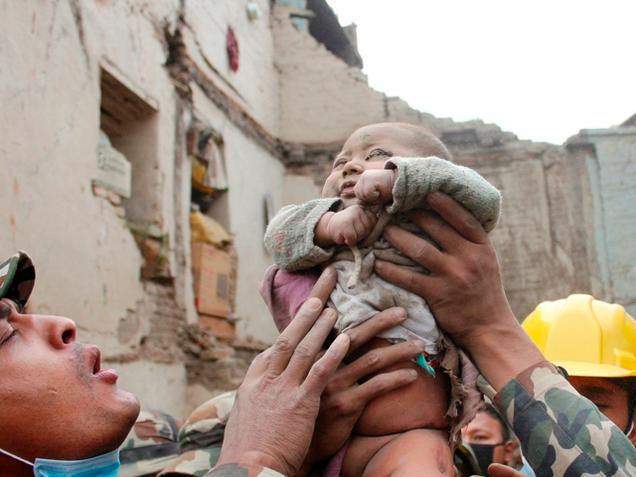
Kathmandu: As the official death toll in Saturday’s earthquake crossed 5,500 on Thursday, the focus of relief operations shifted to the villages and remote areas near the epicentre as Nepal’s Army fought against time to take food supplies and bring back the injured.
Nepali Army rescue helicopter to Sindhupalchok district, about 65 km northeast of Kathmandu, which has reported the highest death toll. The mission was to carry food supplies to the village of Tatopani and the surrounding areas, about three miles from the Chinese border, and bring back at least 40 people who had been rescued in the past two days. To do this, however, the helicopter had to set up base in one of the only open strips of land available — in the small village of Narantan.
From the sky, during the 20-minute flight to Sindhupalchok, the scale of the damage, and the incredible difficulty of mounting any rescue mission, was immediately evident. Miles of mountainous terrain, serrated with agricultural plots, were dotted with small settlements of destroyed houses. Landslips had occurred on several slopes and strips of orange here and there indicated areas where the Army has been able to reach and set up relief tents. The estimate, conservative at best, is that about 70-80 per cent of the houses in this region have been destroyed.
From Narantan, where the landing strip is the size of a small football field, a series of smaller helicopters, able to seat about 5 persons, touched down every 10-15 minutes to unload injured and rescued persons from the surrounding hills. In turn, they would take bags of rice and boxes of biscuits and instant noodles from the supply helicopter back to the areas from where they came.
This process had been repeated for two days.
This process had been repeated for two days.
Dr. Subhesh Gimire, a geophysicist from Kathmandu says he and a team of three others were conducting a feasibility study for a hydro-power project in the Liping River near the Chinese border when the quake struck. “Ironically, we were using a French instrument to do a scan below the surface at the time. We all immediately knew what was happening,” he said. Dr. Gimire and his team were rescued three days later from the Dry Port near Liping. Similarly, Lal Prasad Bhattarai, a teacher, was taking 35 people from his micro-finance co-operative on a hike to the India-Nepal border. He says, with a laugh, that it was meant to be a team bonding trip. After the earthquake, many of his team managed to survive but saw many people die when the second quake caused landslips on Sunday. They walked for two days until they were found by locals at Narayan Chowk and brought to the village. When an army helicopter arrives, there is an elaborate process of checking who qualifies to be taken directly to Kathmandu. An army doctor assesses injuries, and the serious ones are stretchered on to the flight. Foreign tourists are also given priority.
While the Nepal Army has stepped up these operations over the past two days, it says the scale of the operation is overwhelming. Our next stop is the Army’s battalion station in Chautara, also in Sindhupalchok. From the helipad, which offers a 360-degree view of the surrounding hills, a senior officer admits that they might not reach everybody affected. “Some of these places are so remote that they have no administration or local police. We have no idea what is going on or whether we will be able to reach the survivors in time.”
No Comments For This Post, Be first to write a Comment.
Most viewed from Specials
Most viewed from World
AIMIM News
Latest Urdu News
Most Viewed
May 26, 2020
Where should be the burial of the pilgrims martyred in the Saudi Arabia bus accident?
Latest Videos View All
Like Us
Home
About Us
Advertise With Us
All Polls
Epaper Archives
Privacy Policy
Contact Us
Download Etemaad App
© 2025 Etemaad Daily News, All Rights Reserved.

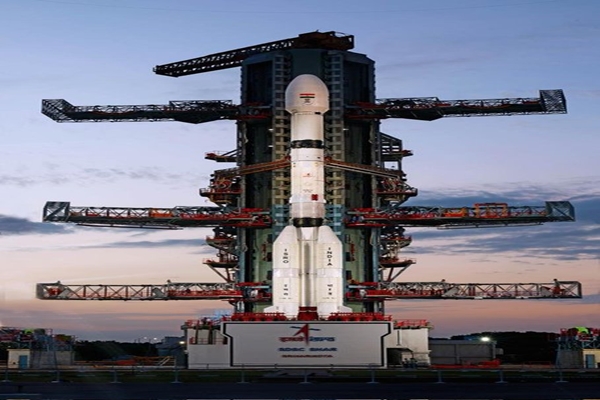
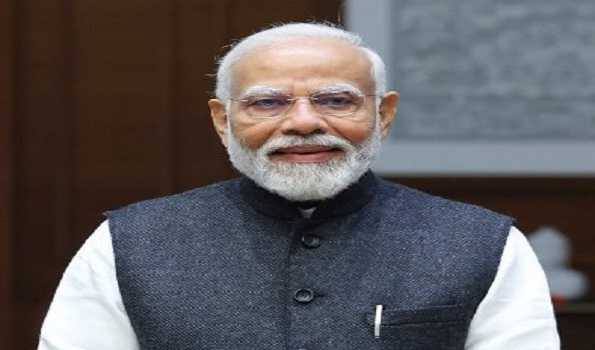
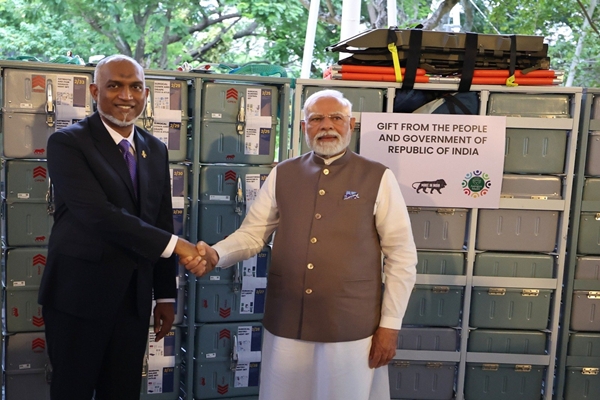
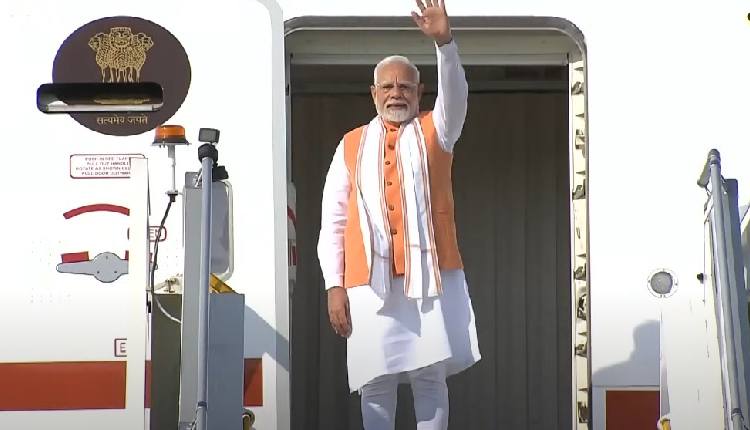
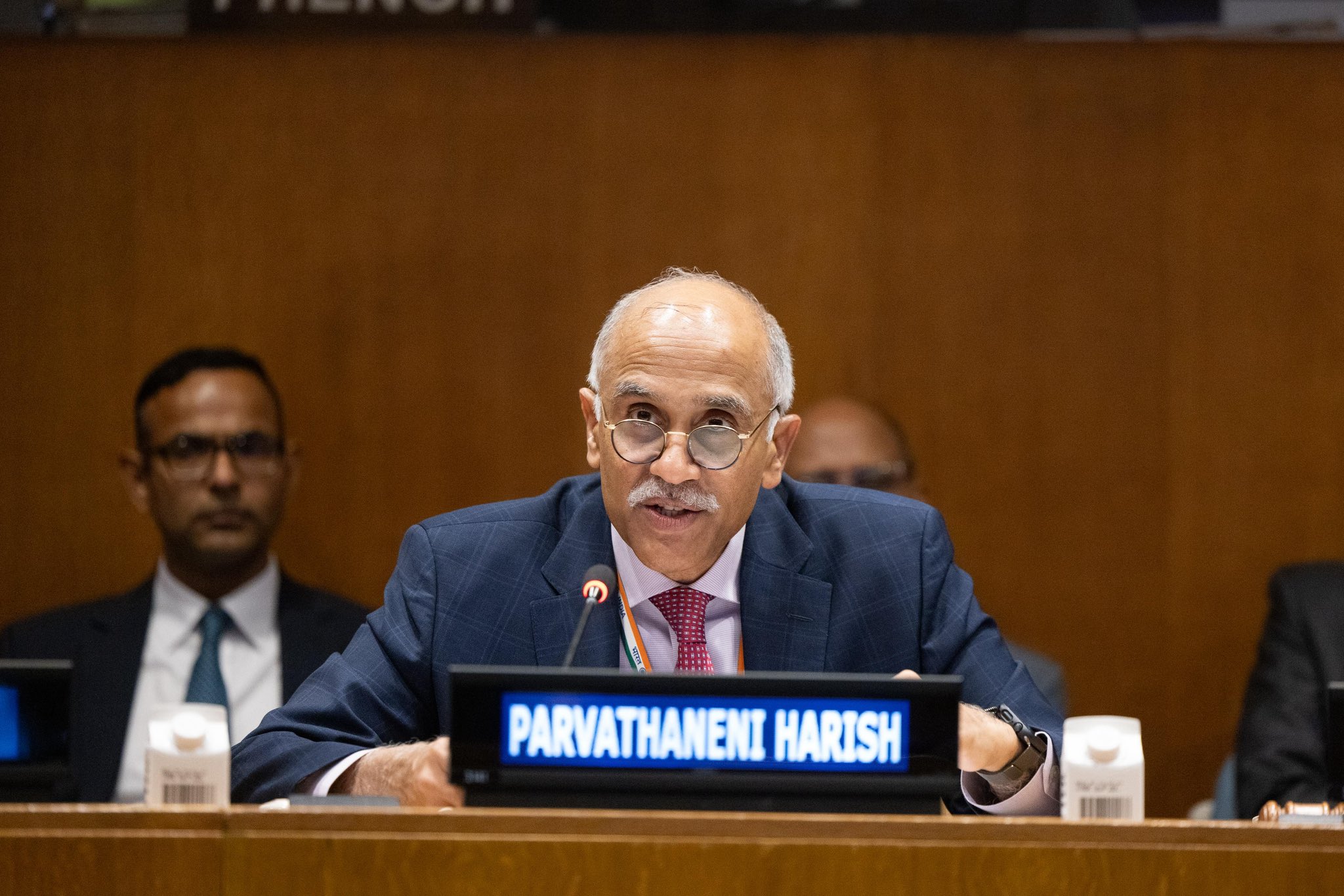
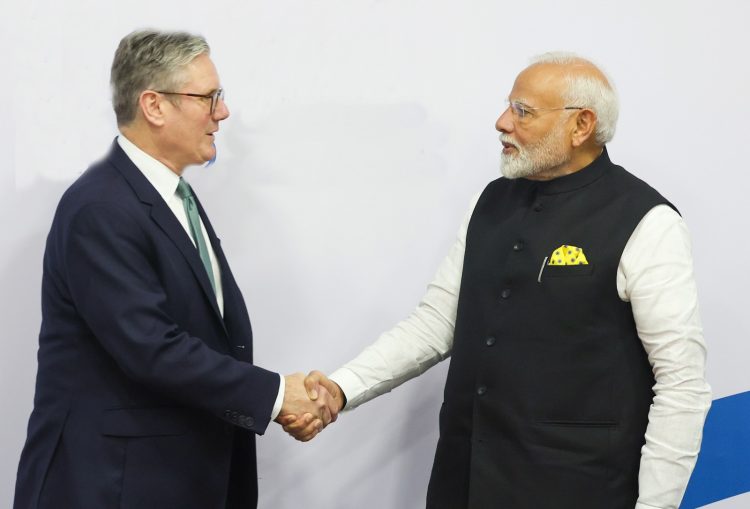
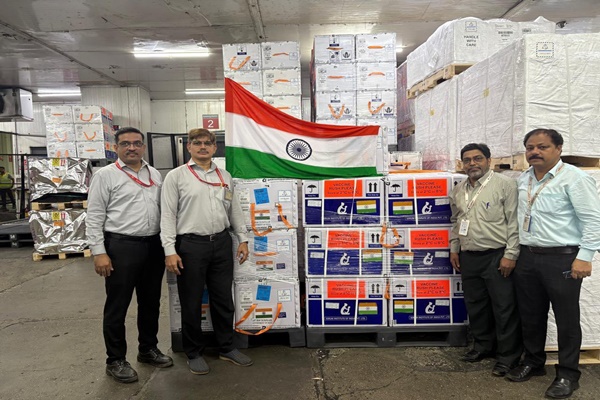
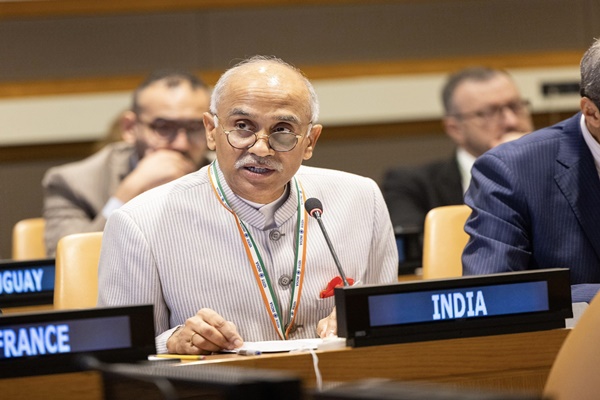
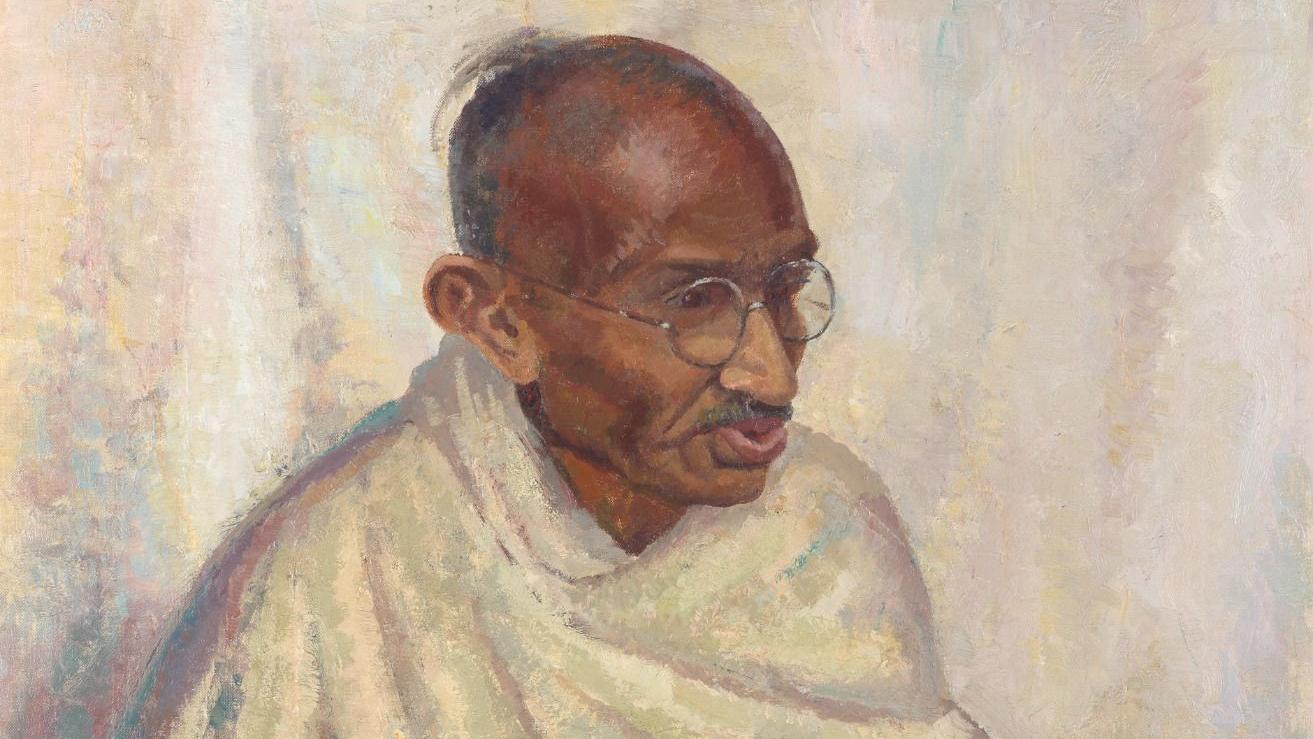
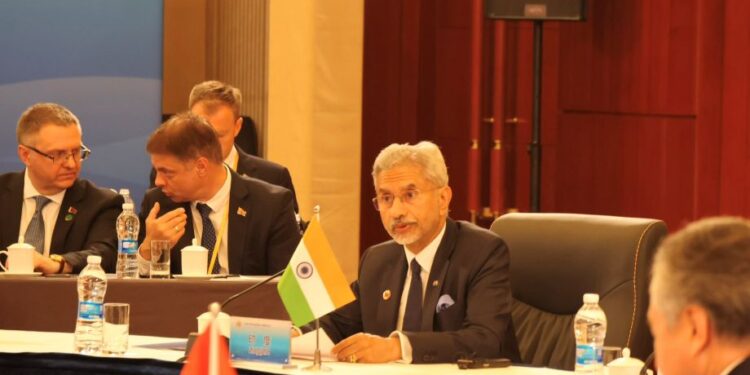
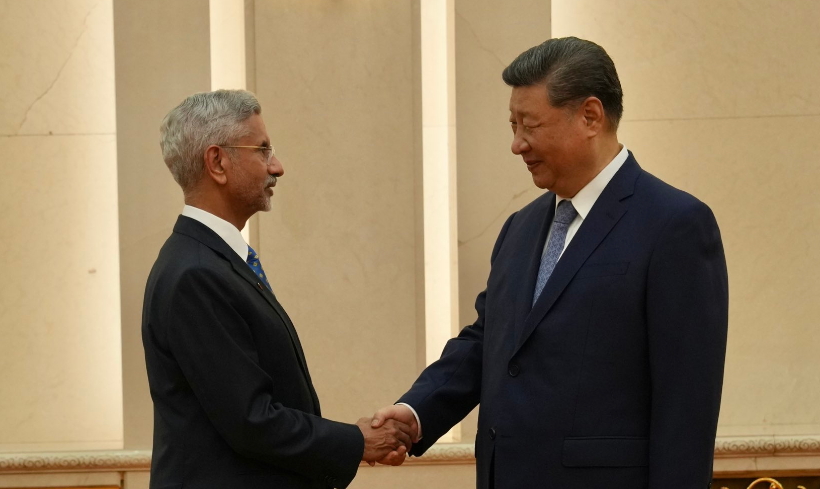
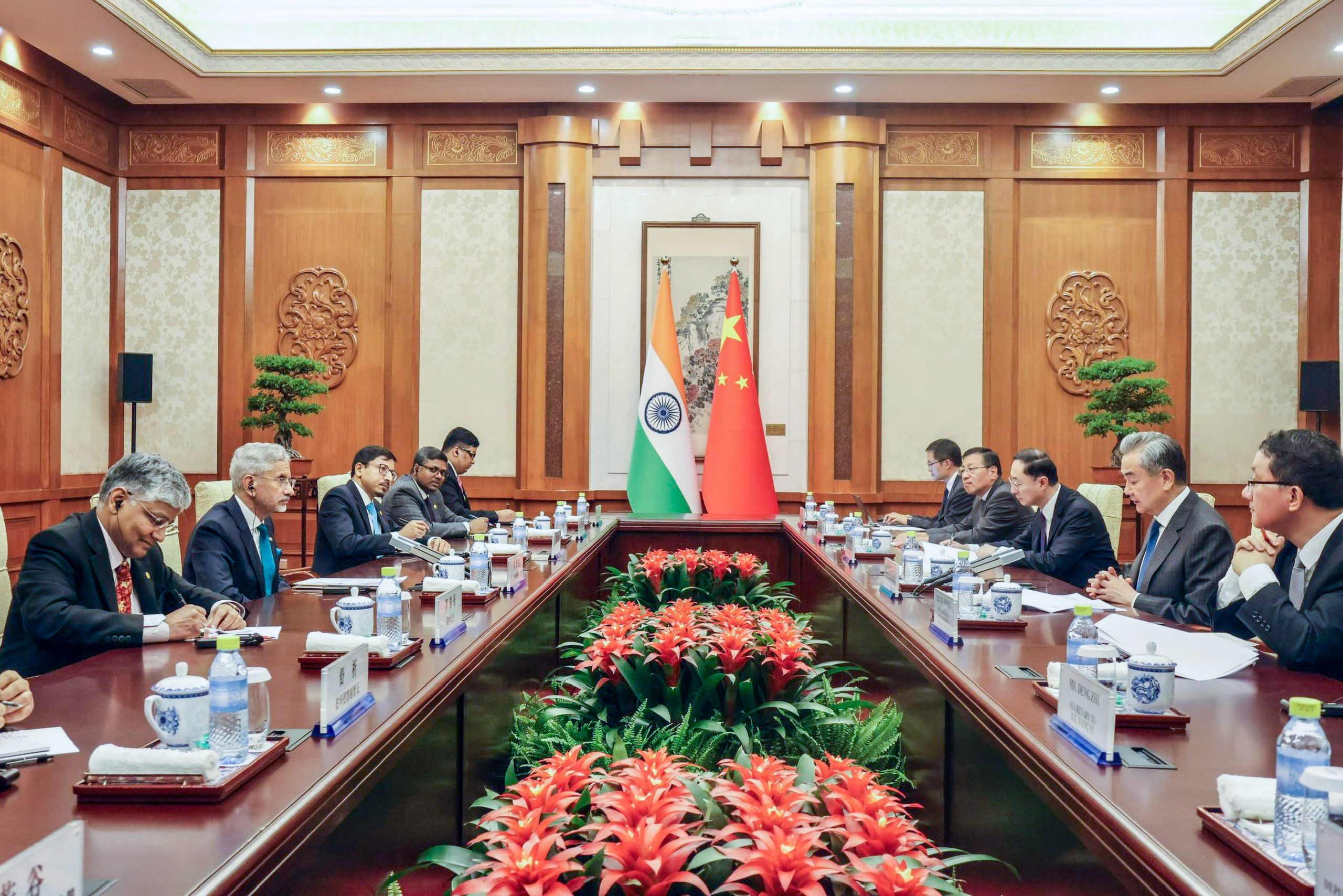

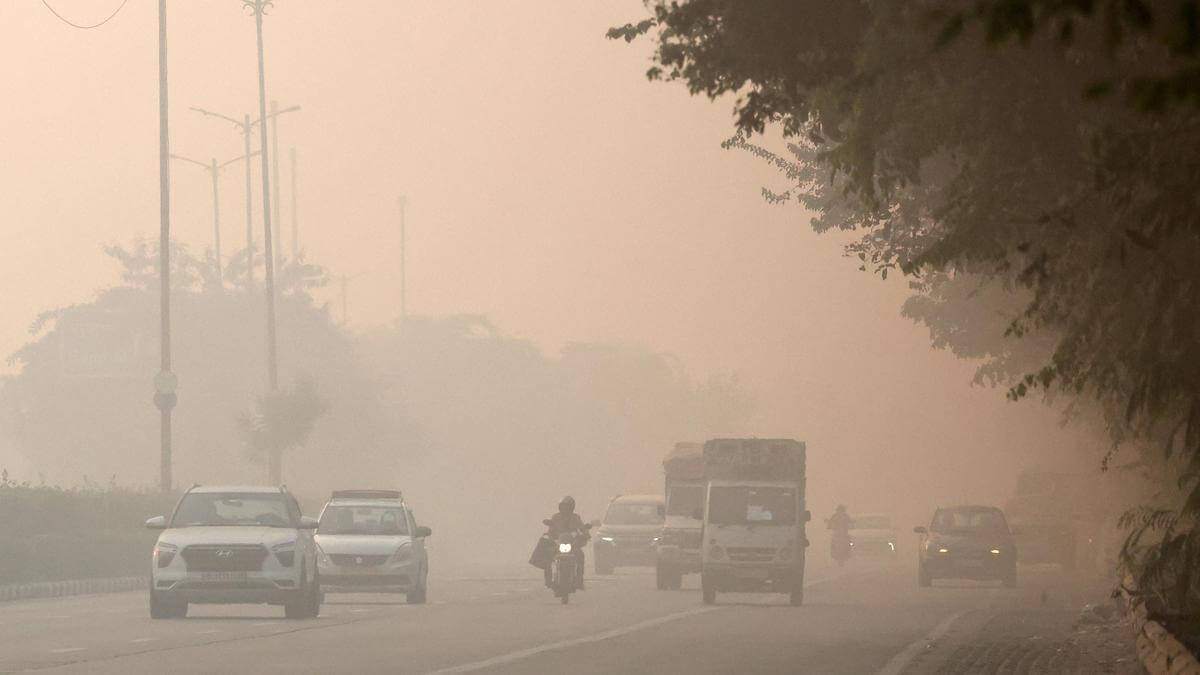
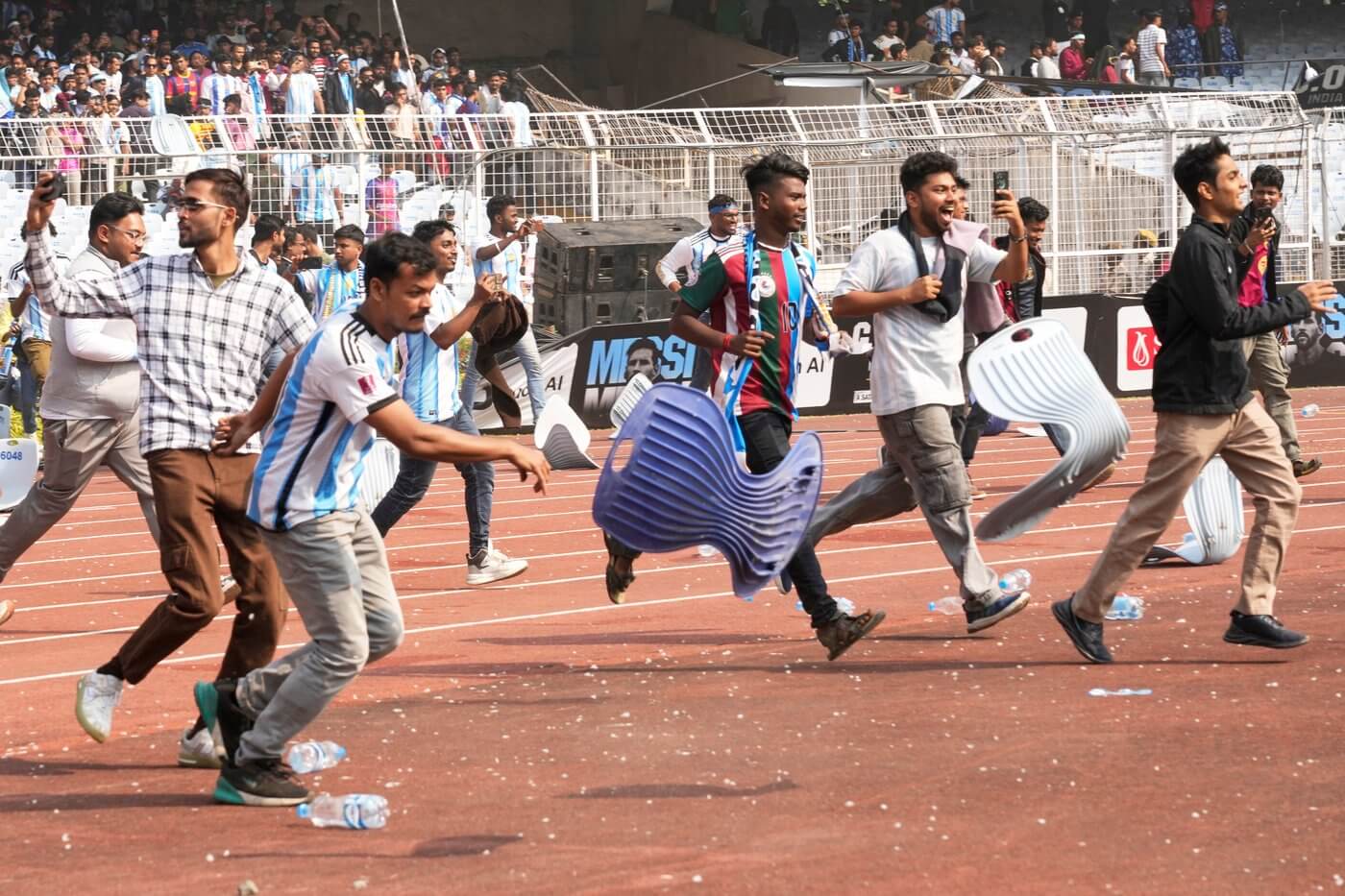


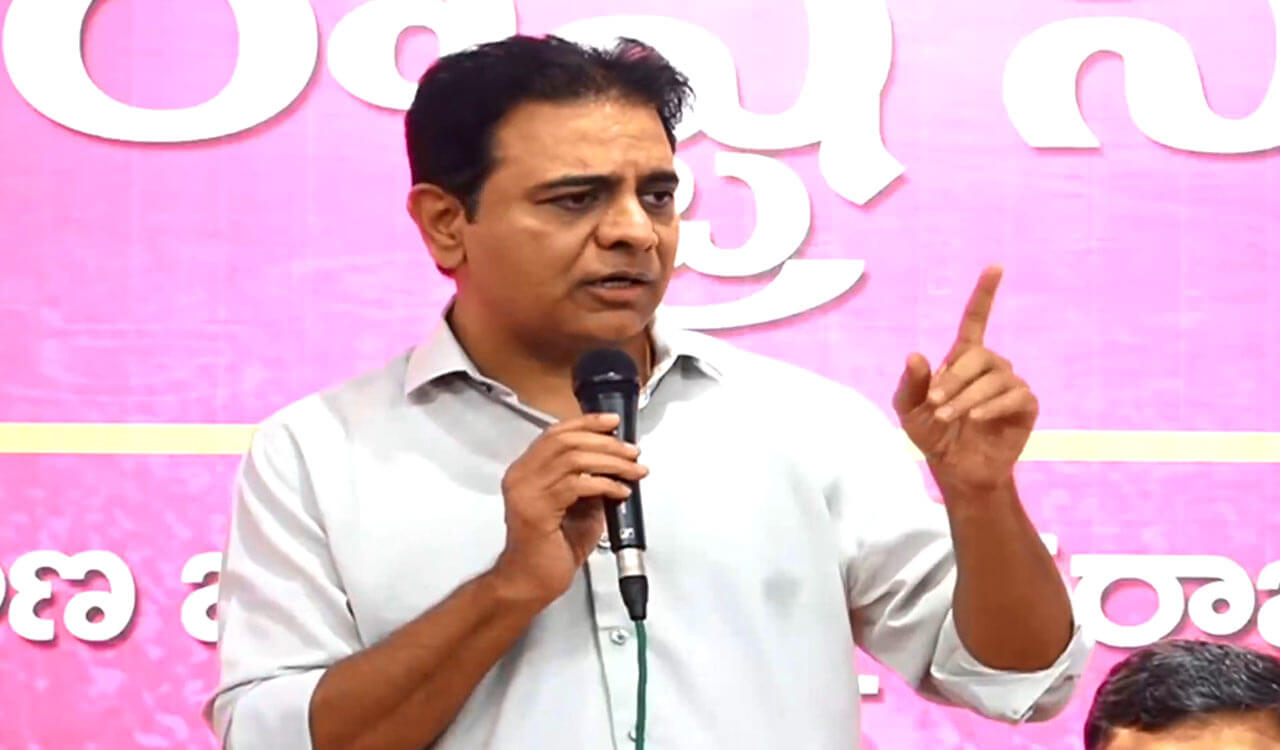

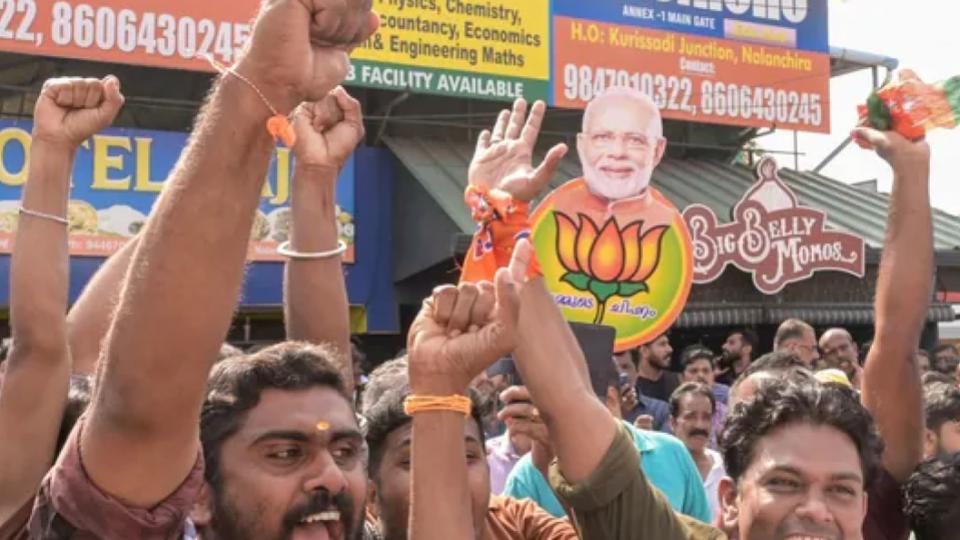

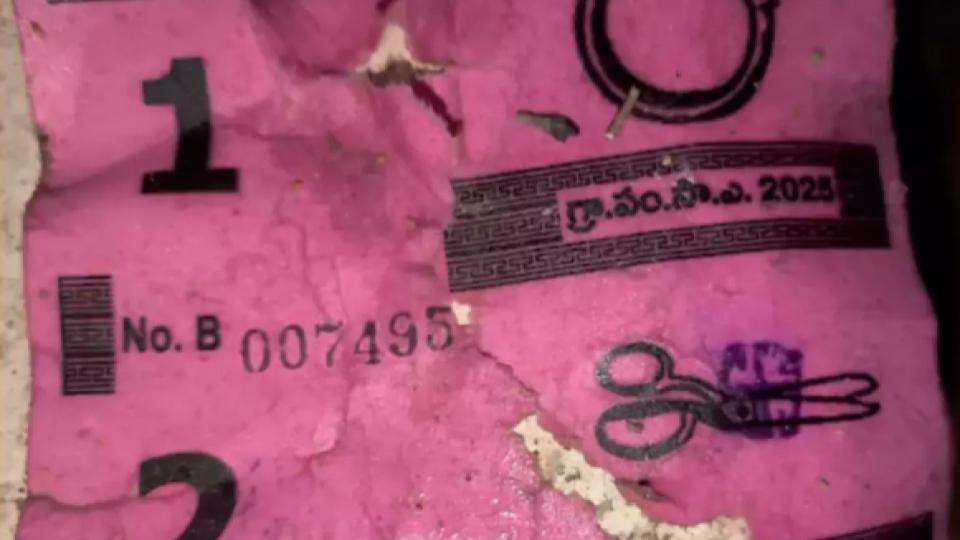

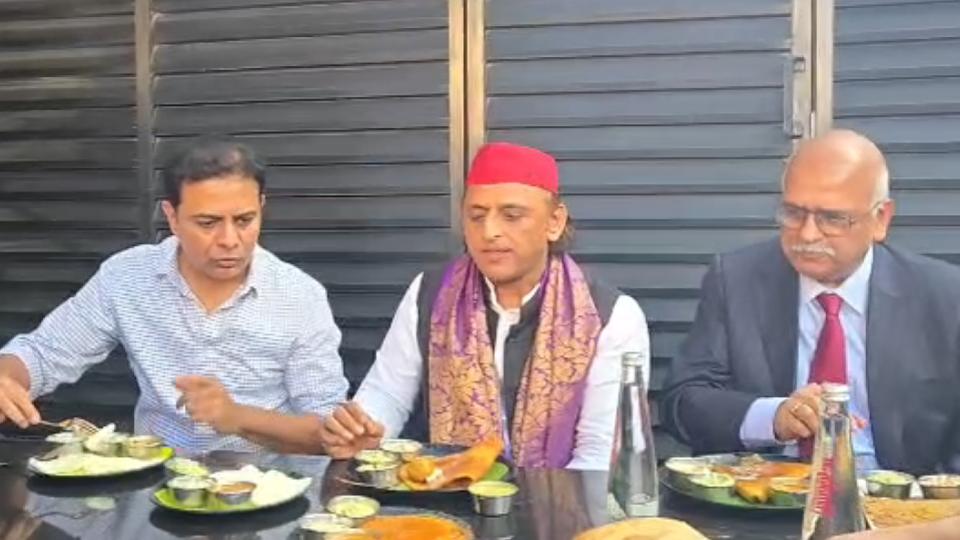












.jpg)
.jpg)
.jpg)


